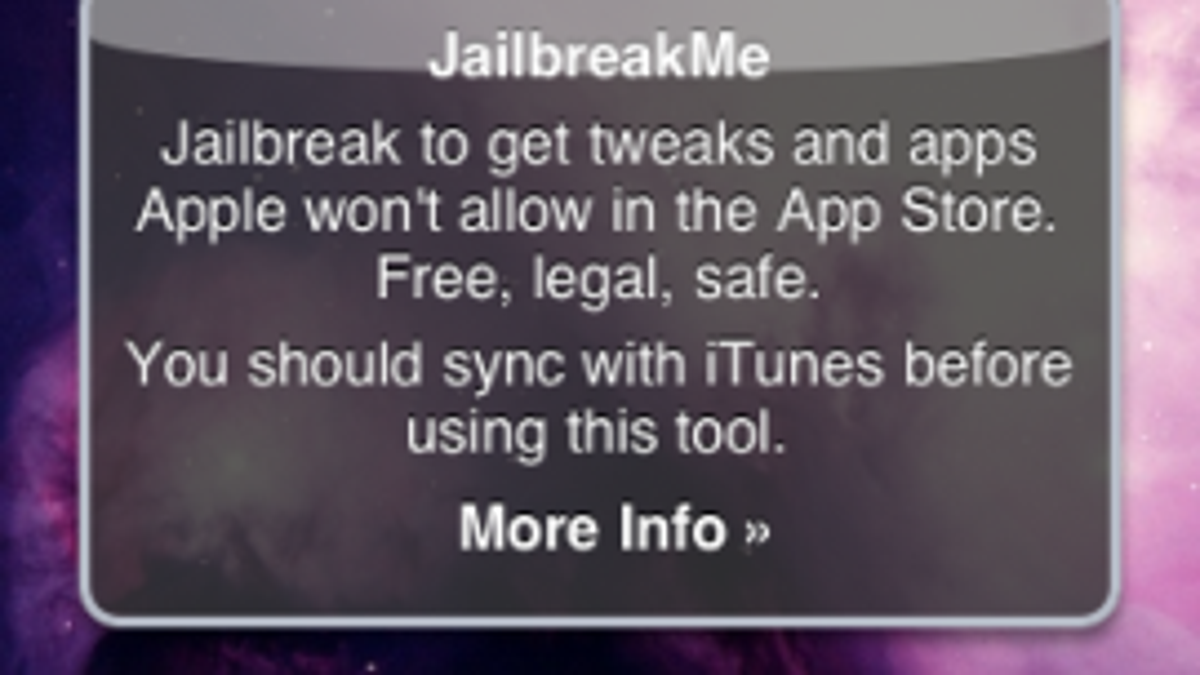Apple applies for patent to kill jailbroken devices
Patent application covers a series of security measures for dealing with and identifying unauthorized users and activities, including the practice of jailbreaking.
Apple is apparently ramping up its battle to prevent iPhone and iPod owners from jailbreaking their devices.
The company has applied for a patent, titled "Systems and Methods for Identifying Unauthorized Users of an Electronic Device," that covers a series of security measures to automatically protect devices from thieves and other "unauthorized users." Unauthorized users apparently applies to those who engage in jailbreaking, which allows devices to run apps not approved by the company producing the operating system--such as Apple, the main target of such bypasses.
The application, which was filed in February 2009 and published Thursday, describes measures to identify "particular activities that may indicate suspicious behavior," so that "safety measures" can be taken to restrict the device's functions. Those activities include the "hacking, jailbreaking, unlocking, or removal of a SIM card," according to the application. Apple also intends to send warnings to owners via e-mail or text message when such activity is detected.
The application also describes a variety of measures that could be used to help identify the unauthorized user, including the activation of a camera that could capture and geotag the device's surroundings, and perhaps current user, and transmit that information to a remote device:
In some embodiments, an unauthorized user can be detected by comparing the identity of the current user to the identities of authorized users of the electronic device. For example, a photograph of the current user can be taken, a recording of the current user's voice can be recorded, the heartbeat of the current user can be recorded, or any combination of the above. The photograph, recording, or heartbeat can be compared, respectively, to a photograph, recording, or heartbeat of authorized users of the electronic device to determine whether they match. If they do not match, the current user can be detected as an unauthorized user.
When unauthorized use has been detected, "access to particular applications can be restricted, access to sensitive information can be restricted, sensitive information can be erased from the electronic device...," the application states, effectively wiping and bricking the device.
Apple representatives did not immediately respond to a request for comment.
In July, U.S. Copyright Office ruled that bypassing a manufacturer's protection mechanisms to allow "handsets to execute software applications" no longer violates federal copyright law. However, while the U.S. Copyright Office has declared the software legal, Apple has repeatedly discouraged users from loading such a bypass, reminding them that doing so will void their device's warranty.
"As we've said before, the vast majority of customers do not jailbreak their iPhones as this can violate the warranty and can cause the iPhone to become unstable and not work reliably," Apple had said in a statement in response to the ruling.


